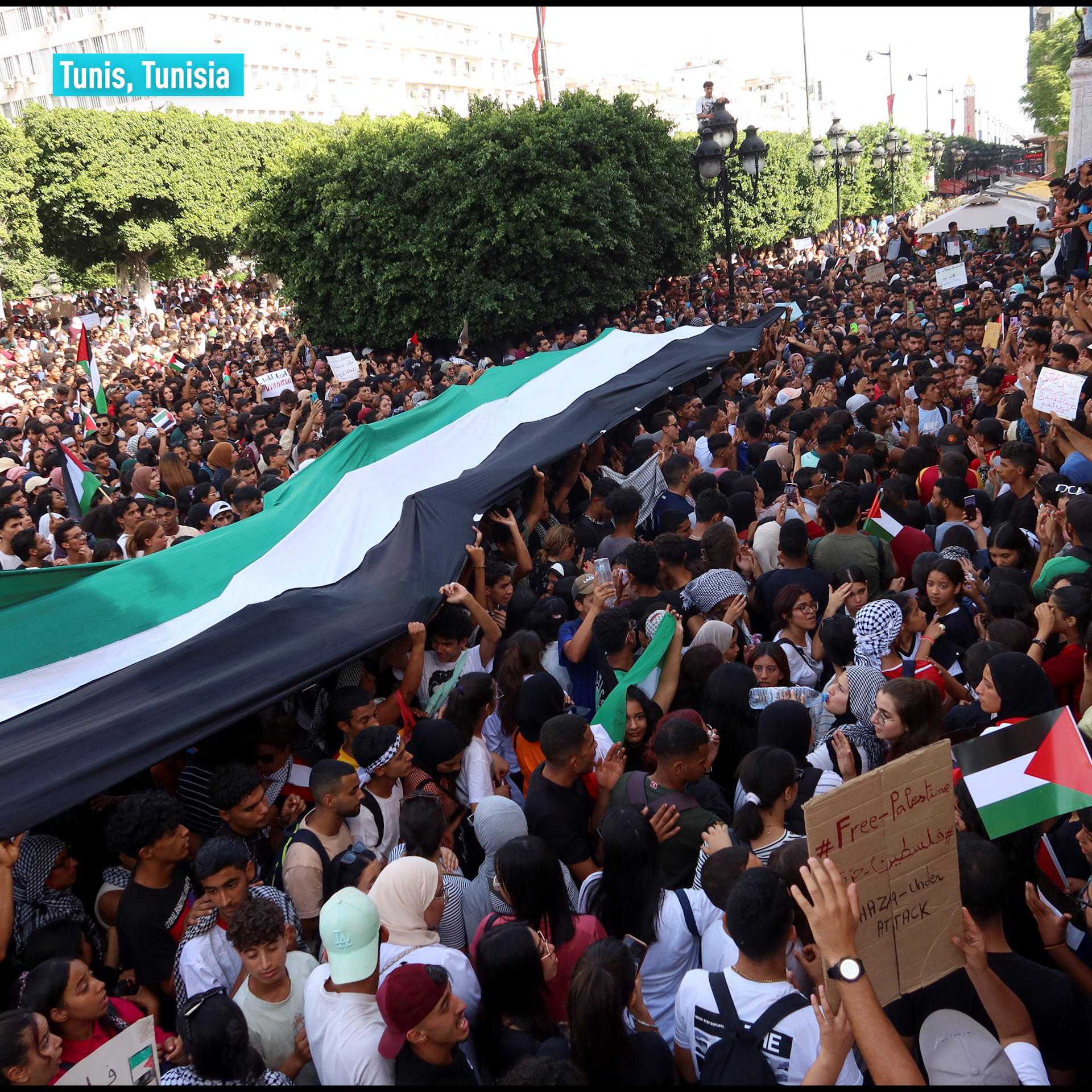The United States has vetoed a a Brazil-sponsored resolution at the United Nations Security Council on Oct. 18 calling for a humanitarian pause in the Hamas-Israel conflict to allow access for humanitarian aid. Since the conflict began, the U.S. has been squarely behind Israel. Why is this the case?
They said it was to "let diplomacy play out" according to U.S. Ambassador to the UN Linda Thomas-Green. Green also criticized the resolution for not mentioning Israel’s right to self-defense.
Hamas launched a surprise attack on Israel on Oct. 7 which killed 1,400 Israelis. Since then, Israel has retaliated with relentless airstrikes which have killed over 3,500 Gazans including more than 940 children and 1,035 women.
In a bombing on a hospital in Gaza on Oct. 17 which killed 500 people and led Israel and the Islamic Jihad to trade blame and denials, Biden jumped to Israel’s defense.
Israel has also imposed a blockade on Gaza preventing food, fuel, and medicine from entering the Strip. Brazil, China, Russia, and other countries in the Global South have called for a ceasefire. No Western nation has called for a de-escalation of the conflict yet.
The U.S. has even moved to boost Israel’s military assistance. U.S. warships and aircraft were moved to the eastern Mediterranean region to provide Israel with support. The Pentagon also put 2,000 U.S. forces on high alert to be prepared to deploy to Israel if needed. Could there be U.S. military intervention in the Middle East?
01:36

Humanitarian Aid in Gaza
U.S. President Joe Biden announced on Oct. 18 an agreement to allow limited humanitarian assistance into Gaza from Egypt which is likely to start by Oct. 20.
The announcement came after the cancellation of an Arab summit initially scheduled between Biden, Palestinian President Mahmoud Abbas, King Abdullah of Jordan and Egyptian President Abdulfatah El-Sisi by the Arab leaders. The summit cancellation was triggered by the blast at Al-Ahli hospital in Gaza that killed hundreds of people.
The hospital explosion on Oct. 17 has also triggered demonstrations across the Middle East and North African regions in support of Palestine. The aim of the protesters was to voice anger about the deadliest incident thus far in the Hamas-Israel conflict.
In Lebanon, demonstrators threw projectiles near the U.S. embassy in Beirut. Security forces fired tear gas and water canon at demonstrators.
In Amman, Jordan, protesters planned to march to the Israeli embassy before they were stopped by riot police. Several police were injured in clashes with the demonstrators, who torched property in the vicinity of the embassy.
Protesters in Tunis, Tunisia burned the U.S. and Israeli flags and demanded the expulsion of the French and American ambassadors.
Iranians, Yemenis, and Iraqis have also held marches across their countries in support of Palestinians.

Click arrows to view gallery
Click arrows to view gallery
For more, check out our exclusive content on CGTN Now and subscribe to our weekly newsletter, The China Report.